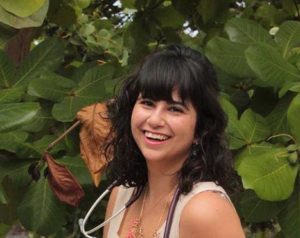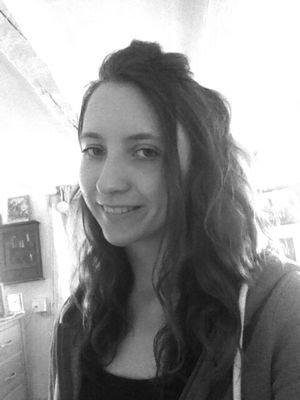How Do I Transform an Idea into a Full-Length Novel? [Your Writing Questions Answered]
So, welcome to the latest post within my new writing series, “Your Writing Questions Answered.” If you haven’t already seen my announcement about this series–or would like to submit your own question–then please hop over here.
So, this question is from Teresa:
I’m great at writing short stories, but freeze up at the idea of a novel or full-length book. How do I take my idea and spin it into a full-length book?
And for this post we have answers from Lyn Miller-Lachmann, Adriana Marachlian, and myself (Madeline Dyer).
 Answered by: Lyn Miller-Lachmann
Answered by: Lyn Miller-Lachmann
A short story has a single plot line, while a novel contains a central plot line and a couple of subplots that are in some way tied to the central plot. Those subplots often involve the protagonist’s relationships with other characters besides the main antagonist. In addition, short stories are usually limited to one moment in time, like a snapshot, though you can also have flashbacks that show the reader how this character got to be where she is. A novel is more like a video, with multiple scenes taking the reader through a given period of time that can be as short as one day but is usually several weeks, months, or years. So when you’re seeking to expand the short story into a novel, think of the other people who play a role in your protagonist’s life and also what’s going to happen next, after the time frame of the short story.
 Answered by: Adriana Marachlian
Answered by: Adriana Marachlian
Oh, I feel this so much. Short stories are my comfort zone (specially open-ended short stories, because then I can leave the option for more without any of the pressure), and it’s definitely a shift to go from that to longer novels. But here’s the important bit: don’t be scared. This is for yourself, first and foremost, so there’s really no downside to trying. Not every idea can be stretched into a book, but if you have one that you’re passionate about and can’t stop thinking about, then that’s the one!
The process itself is a little different if you’re an plotter or a pantser (or, like myself, a plantser), but there’s two things that always help me with mindset shift, which tends to be the hardest bit:
1. Think of the book as a giant short story: in my head, short stories are a circle in structure (you set up something at the beginning that will likely come to fruition at the end). Full-length novels are much the same way, there’s just a lot more middle. So this is a structure you are already familiar with, just keep that beginning and ending in mind if you feel like you’re getting lost at any point.
2. Think of scenes/sections of a book as a short story: this one is kind of backward, but one I’ve found helps enrich my scenes. Short stories are condensed beasts, whereas longer works can sometimes feel like sprawling messes. By thinking of sections of the book as short stories, you keep the plot focused and the emotional beats aligned. It’s somewhat like this: if the entire book is one giant circle, each scene is a smaller circle under that, so each should be just as tight while leaving options open for more.
These are just some things I do, but, as most things in creative writing, you have to find what works best for you. Hope this helps!
 Answered by: Madeline Dyer
Answered by: Madeline Dyer
I’d recommend buying a copy of Save The Cat by Blake Snyder. Although this is a book on screenwriting, the beat-sheet in it also applies to most novels, and it’s the first thing I look at each time I want to transform a small idea into a full-length manuscript. It’s all about the structure–making sure the conflict builds at the right time, that the events happen when they should, and that you have at least one subplot (or backstory) going on (and at what point this should be emphasised). I think that’s the main difference between a short story and a novel; novels have more than one plot, with several strands running through them–strands that often tie together at the end. Plus, there’s more development in a novel as readers have time to see multiple characters change and grow, and time to see consequences play out.
When I set about expanding a small idea (one that could just be a short story) into a novel, I often ask myself these questions:
- Who’s the main character and what does he or she want?
- What would happen if the MC doesn’t achieve their goal?
- What could go wrong? (And then the answers to this question often become plot points within my outline, where everything will go wrong, but the MC has to find a way to rectify it)
- Who is trying to stop the protagonist?
- What world is it set in? (If it’s not today’s real world, how much world building is needed?)
- What haunts the MC?
Knowing your characters is also hugely important for a novel (more so than with a short story). You have to know everything about everyone–their likes and dislikes, what motivates them, their backstory, etc.
Remember, characters drive the plot–not the other way around.
The other thing is that some ideas just work better for short stories than they do for novels. It’s just the way it is.
